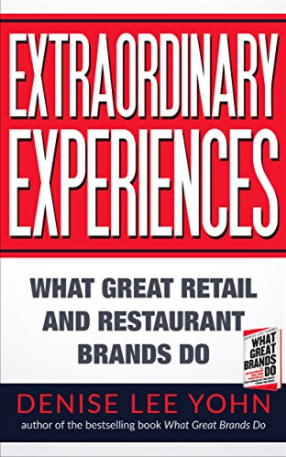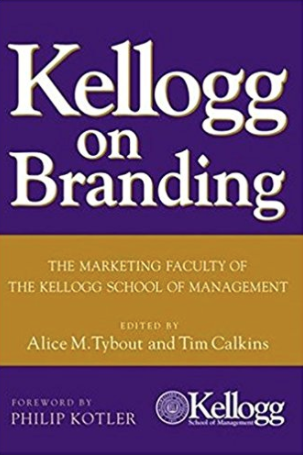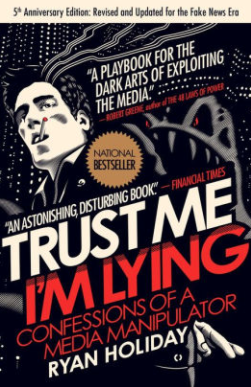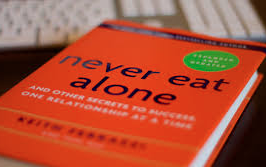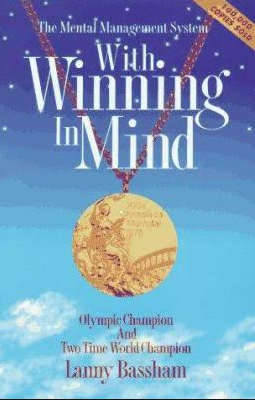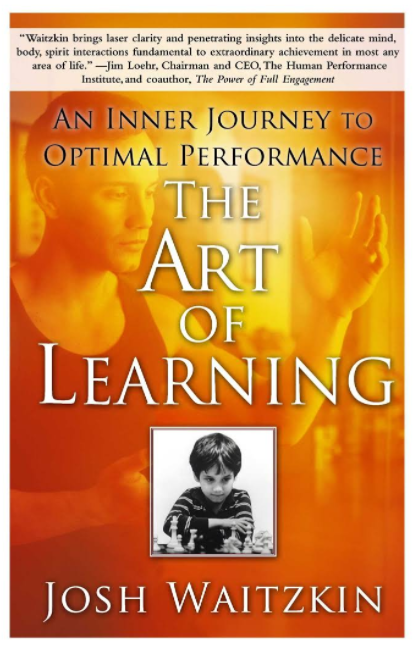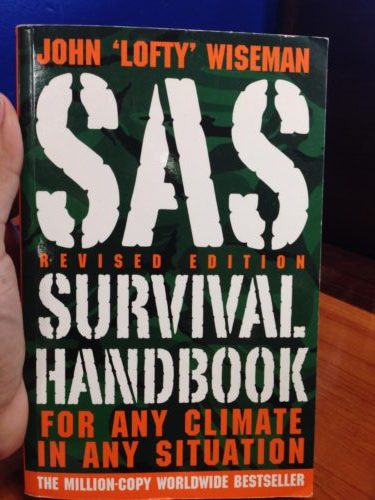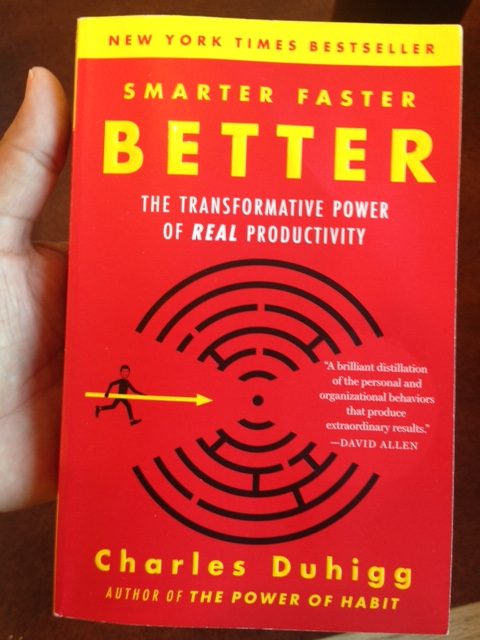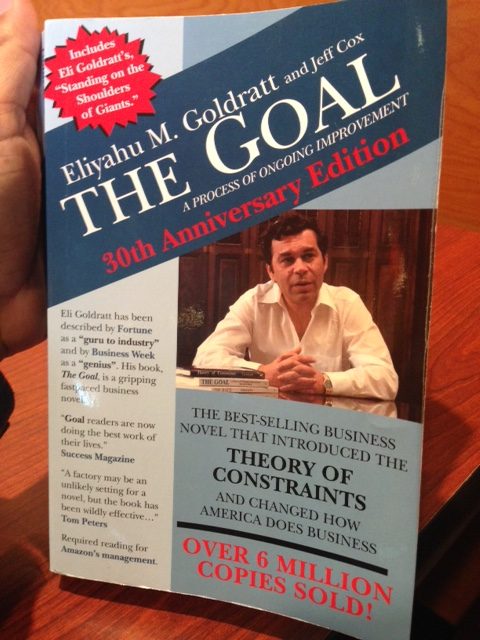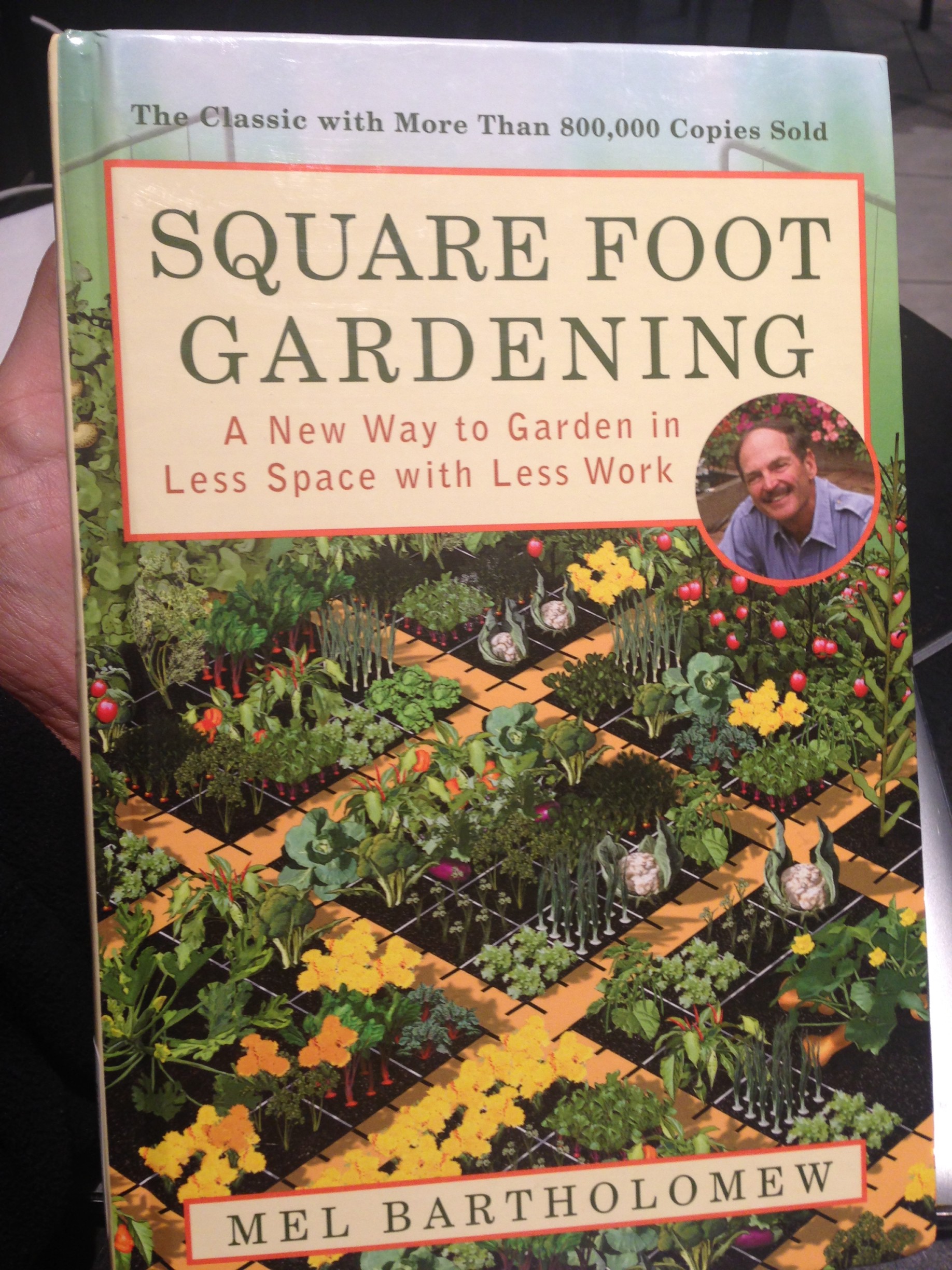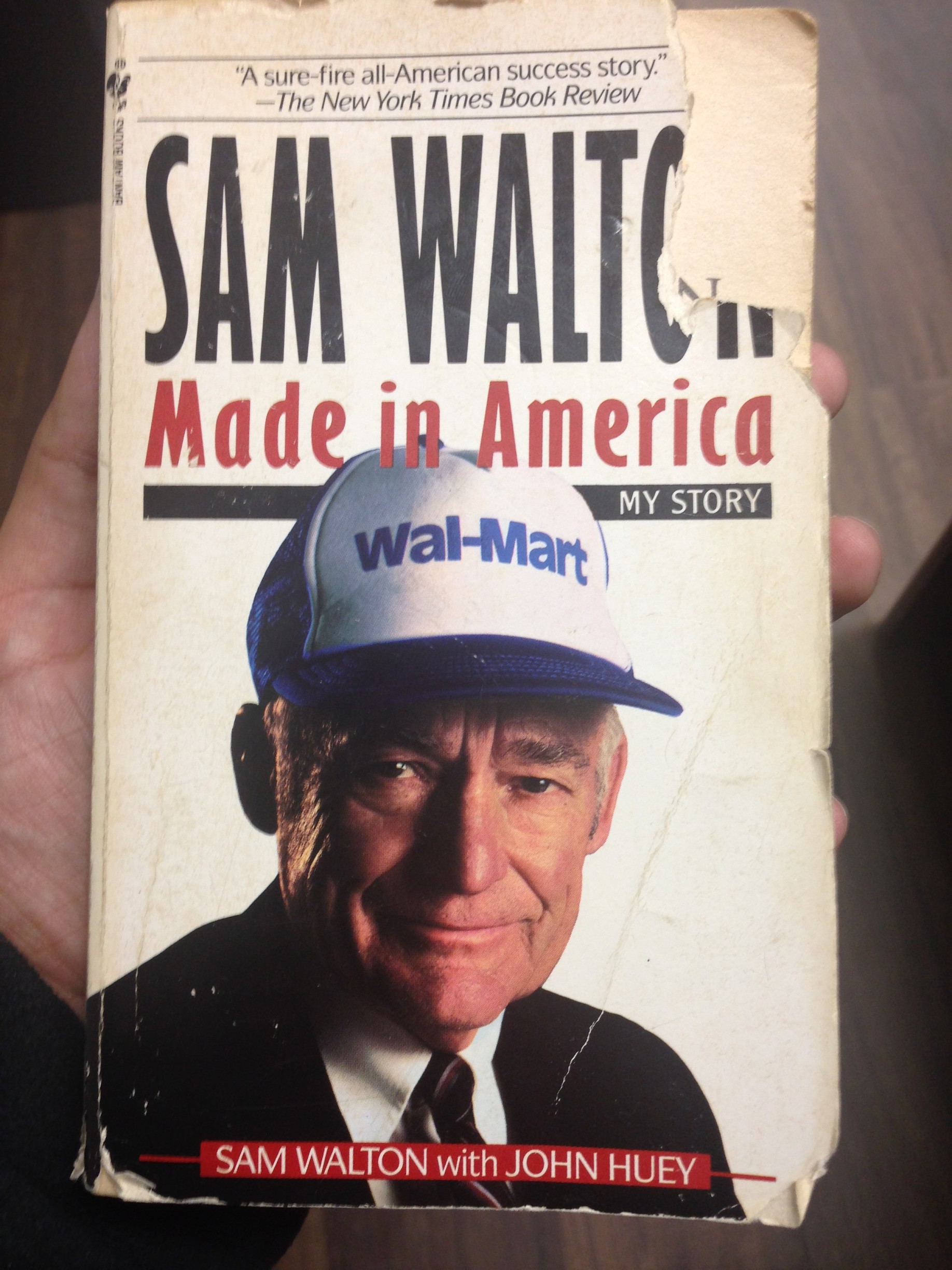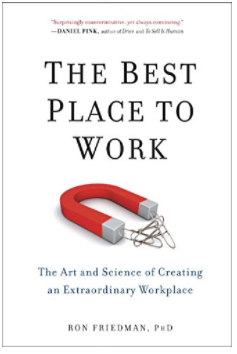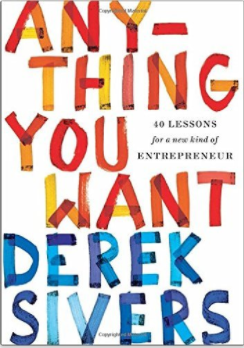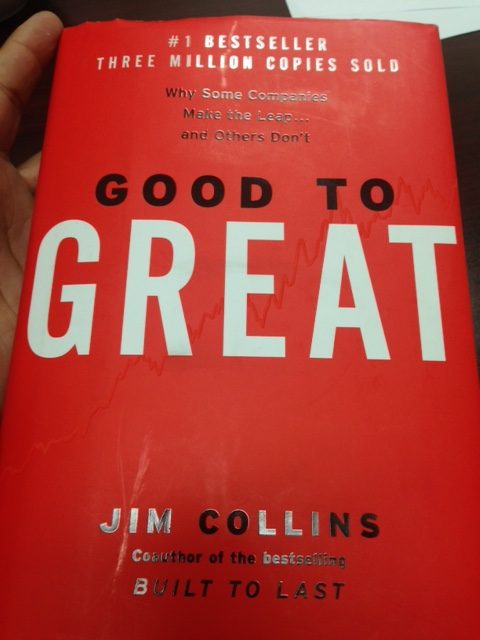The Big Idea: You have everything you need to achieve happiness. Happiness is achieved through mental practice.
- Service to others is the best way to live.
- If you can’t live your life in service to others, at least refrain from doing harm to others.
- Happiness is not a luxury but the purpose of our existence.
- Eliminate habits that lead to suffering.
- Cultivate habits that lead to happiness.
- In Buddhism, there are four factors to happiness: wealth, worldly satisfaction, spirituality, and enlightenment.
- The real secret to happiness is a disciplined mind.
- A calm mind, or one that is engaged in meaningful work, equates to happiness.
- A basic way to happiness is to cultivate affection and connection with other human beings.
- Always look for what you have in common with others and you will never be lonely.
- All emotions, negative and positive, grow in size if practiced regularly.
- Don’t confuse happiness with pleasure. Pleasure lacks meaning. Happiness depends on meaning and is often felt despite negative external conditions.
- Become a student of happiness and practice how to improve happiness.
- Replace anger and hatred with tolerance and patience.
- Compassion means seeking to truly understand others. Compassion is the key to communicating and bonding with others.
- The cure for loneliness is to recognize the need to open your eyes to all the people who surround you and to connect with them.
- Instead of loving someone so that they love you back, seek to love them by increasing their happiness.
- Without attempting to feel another’s pain, we set ourselves up for isolation.
